What’s the rush? Slowing stormwater down…from pipes to swales to creeks
Summary – We’re using swales in parks to slow water down before it enters creeks and you can help!
Urban Stream Syndrome
One of the negative environmental impacts of development is what we call “urban stream syndrome”. The impervious cover created with new buildings and roads prevents rainfall from soaking into the ground. Then we need to get all of this stormwater out of the way so our buildings and roads don’t flood. So we collect the water at inlets and concrete pipes and send it straight to the creek. This can cause erosion in the creeks and contribute to flooding. It also takes any pollutants picked up from the streets directly into our waterways.
Since the water goes to the creek without soaking into the ground, we also lose a lot of the baseflow (groundwater inflow) that you see in creeks in undeveloped areas. So urban streams tend to be “flashy” – high flows during storms contributing to erosion, flooding and water pollution, followed by no or poor flow that doesn’t support water quality or aquatic life during dry periods.
Previously we talked about how rain gardens can help with this problem.
Pipes to swales
Another option is to disconnect the pipes from the creeks as much as possible to allow the water to slow down and soak into the ground. City parks and greenspaces are often ideal places for this for a variety of reasons:
- Parks often have aging stormwater systems, pipes that connect the storm drain inlet at the street to the creek, that are due for maintenance or replacement
- Parks are often associated with creeks due to their location in/near the floodplain
- Well-designed stormwater features can provide value to park visitors by supporting a variety of plant and insect life.
Our department, the Watershed Protection Department, is trying this approach in the Shoal Creek Greenbelt along Shoal Creek Boulevard just south of RM 2222. Here we’ve taken three different sets of stormwater pipes that once extended all the way to the creek and replaced them with swales (shallow depression used for drainage). The photos below show the changes that have occurred over time at one of these swales.
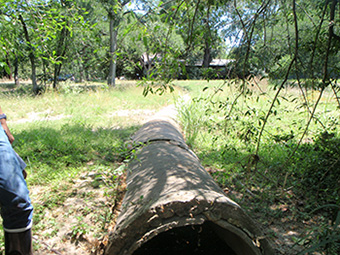
Figure 1a. This stormdrain pipe originally stretched 100 ft across the Shoal Creek Greenbelt before discharging into Shoal Creek. The pipe became exposed by erosion over time and was starting to break apart.

Figure 1b. This stormdrain pipe originally stretched 100 ft across the Shoal Creek Greenbelt before discharging into Shoal Creek. The pipe became exposed by erosion over time and was starting to break apart.
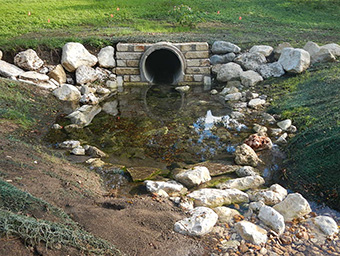
Figure 2a. The same location as above, shortly after construction. A sections of the pipe has been removed and replaced by a winding swale.
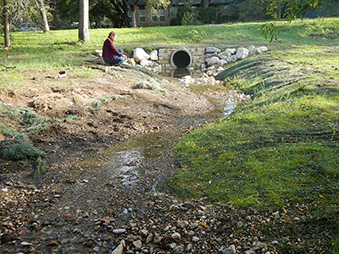
Figure 2b. The same location as above, shortly after construction. A sections of the pipe has been removed and replaced by a winding swale.

Figure 3a. An abundance of native vegetation has developed along the swale, providing water quality and habitat benefits.
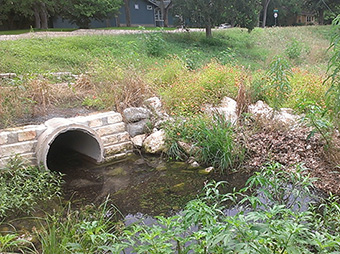
Figure 3b. An abundance of native vegetation has developed along the swale, providing water quality and habitat benefits.
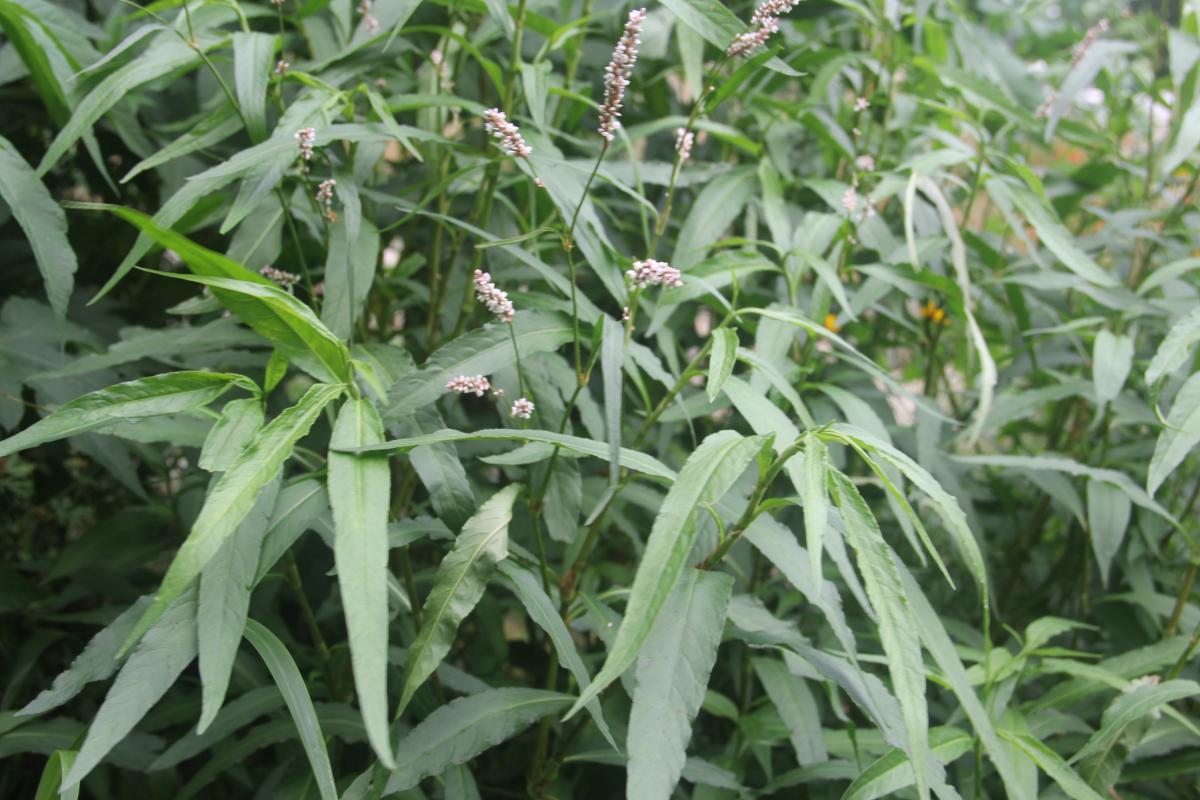
Figure 4. Wetland plants like this native smartweed thrive in moist areas created by swales.
Do the parks in your neighborhood have creeks running through them? Can you identify where stormwater is entering the creek? Do you see any ways that the water could be slowed down before entering?
This section of the Shoal Creek Greenbelt is in our Grow Zone program and receives lots of love from a highly involved neighborhood group and the Tzu Chi service organization. Their work is supported by the Austin Parks Foundation and Keep Austin Beautiful.
Learn more! Join us for a riparian restoration class on December 5, 2015.
Create a rainscape at your home or school to keep water on the land! (A rebate is available and there’s a class on September 5, 2015) www.austintexas.gov/raingardens
Volunteer! Are you interested in improving the creekside environment in your parks? Contact us or one of our partners below.
City of Austin Watershed Protection Department - http://www.austintexas.gov/creekside
Keep Austin Beautiful - http://keepaustinbeautiful.org/program/adopt-creek
Austin Parks Foundation - http://austinparks.org/adopt.html
